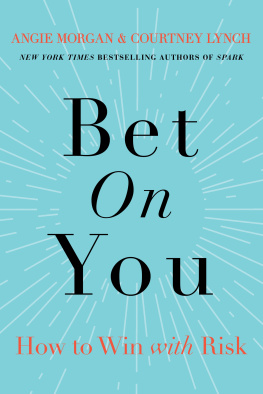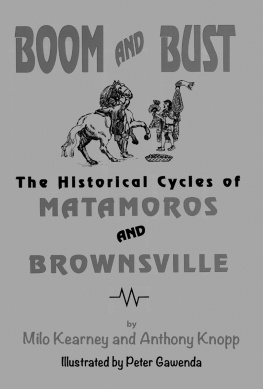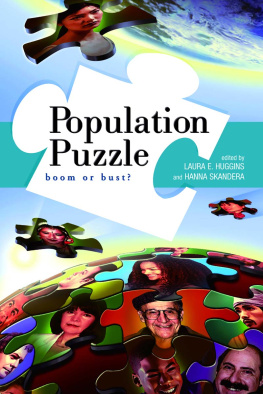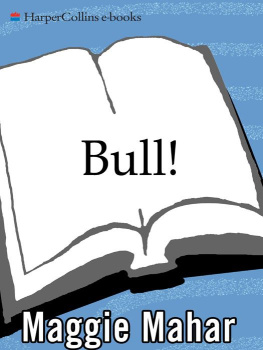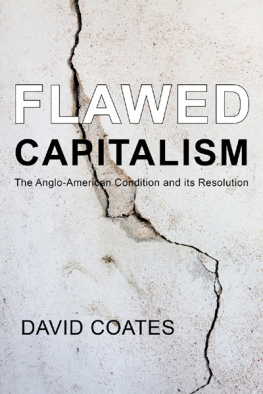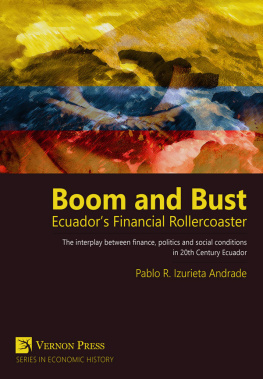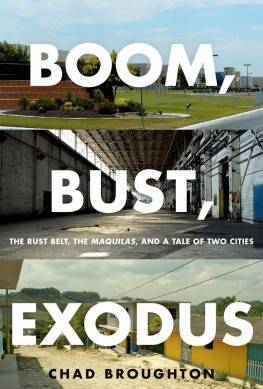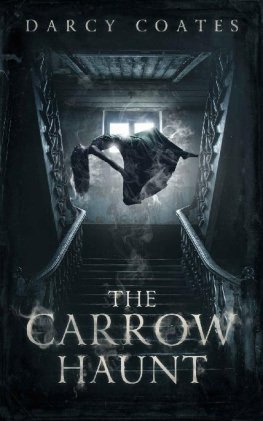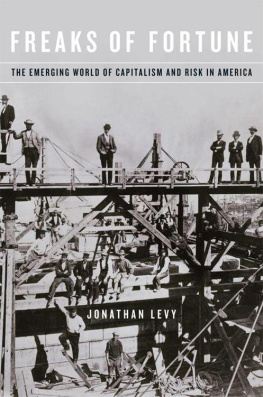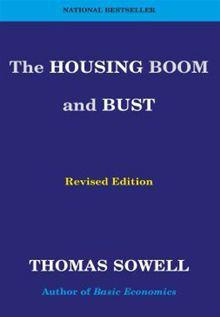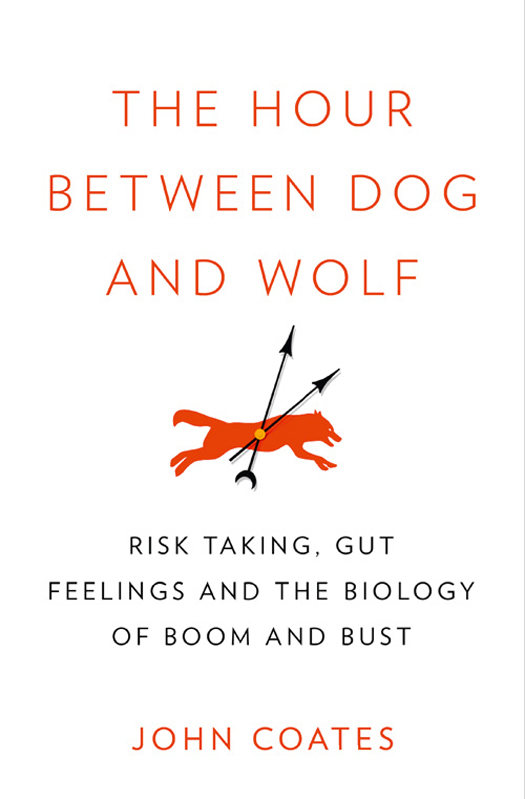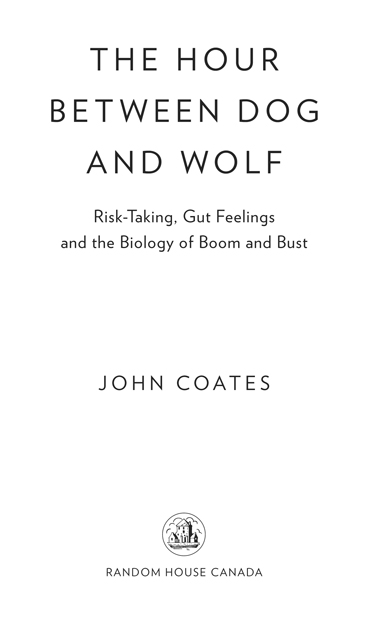PUBLISHED BY RANDOM HOUSE CANADA
Copyright 2012 John Coates
All rights reserved under International and Pan-American Copyright Conventions. No part of this book may be reproduced in any form or by any electronic or mechanical means, including information storage and retrieval systems, without permission in writing from the publisher, except by a reviewer, who may quote brief passages in a review. Published in 2012 by Random House Canada, a division of Random House of Canada Limited, Toronto, and simultaneously in the United Kingdom by Fourth Estate, a division of HarperCollins Publishers, London. Distributed in Canada by Random House of Canada Limited.
www.randomhouse.ca
Random House Canada and colophon are registered trademarks.
Library and Archives Canada Cataloguing in Publication
Coates, John M.
The hour between dog and wolf : risk taking, gut feelings and the biology of boom and bust / John Coates.
eISBN: 978-0-307-35969-8
1. Decision makingPhysiological aspects. 2. Risk-taking (Psychology)Physiological aspects. 3. Neuroeconomics. 4. Cognitive neuroscience. I. Title.
QP360.5.C62 2012 612.8233 C2011-908176-8
Figures on ) from Kate from UK, Wikimedia Commons.
Cover design by Tal Goretsky
v3.1
For Ian, Eamon, Iris and Sarah
CONTENTS
[The hour] between dog and wolf, that is, dusk, when the two cant be distinguished from each other, suggests a lot of other things besides the time of day The hour in which every being becomes his own shadow, and thus something other than himself. The hour of metamorphoses, when people half hope, half fear that a dog will become a wolf. The hour that comes down to us from at least as far back as the early Middle Ages, when country people believed that transformation might happen at any moment.
JEAN GENET, PRISONER OF LOVE (1986, TRANS. BARBARA BRAY)
PART I
Mind and Body in the Financial Markets
INTRODUCTION
When you take risks, you are reminded in the most insistent manner that you have a body. For risk by its very nature threatens to hurt you. A driver speeding along a winding road, a surfer riding a monster wave as it crests over a coral reef, a mountain climber continuing his ascent despite an approaching blizzard, a soldier sprinting across no-mans land each of these people faces a high chance of injury, even death. And that very possibility sharpens the mind and calls forth an overwhelming biological reaction known as the fight-or-flight response. In fact, so sensitive is your body to the taking of risk that you can be caught up in this visceral turmoil when death poses no immediate threat. Anyone who plays a sport or watches from the stands knows that even when it is just a game, risk engages our entire being. Winston Churchill, a hardened campaigner from the most deadly wars, recognised this power of non-lethal risk to grip us, body and mind. When writing of his early years, he tells of a regimental polo match played in southern India that went to a tie-break in the final chukka: Rarely have I seen such strained faces on both sides, he recalls. You would not have thought it was a game at all, but a matter of life and death. Far graver crises cause less keen emotion.
Similar strong emotions and biological reactions can be triggered by another form of non-lethal risk financial risk-taking. With the exception of the occasional broker suicide (and these may be more myth than reality), professional traders, asset managers and individuals investing from home rarely face death in their dealings. But the bets they place can threaten their job, house, marriage, reputation and social class. In this way money holds a special significance in our lives. It acts as a powerful token distilling many of the threats and opportunities we faced over eons of evolutionary time, so making and losing it can activate an ancient and powerful physiological response.
In one important respect, financial risk carries even graver consequences than brief physical risk. A change in income or social rank tends to linger, so when we take risks in the financial markets we carry with us for months, even years after our bets have settled, an inner biological storm. We are not built to handle such long-term disturbances to our biochemistry. Our defence reactions were designed to switch on in an emergency and then switch off after a matter of minutes or hours, a few days at the most. But an above-average win or loss in the markets, or an ongoing series of wins or losses, can change us, Jekyll-and-Hyde-like, beyond all recognition. On a winning streak we can become euphoric, and our appetite for risk expands so much that we turn manic, foolhardy and puffed up with self-importance. On a losing streak we struggle with fear, reliving the bad moments over and over, so that stress hormones linger in our brains, promoting a pathological risk-aversion, even depression, and circulate in our blood, contributing to recurrent viral infections, high blood pressure, abdominal fat build-up and gastric ulcers. Financial risk-taking is as much a biological activity, with as many medical consequences, as facing down a grizzly bear.
This statement about biology and the financial markets may sound strange to ears accustomed to the teachings of economics. Economists tend to view the assessment of financial risk as a purely intellectual affair requiring the calculation of asset returns, probabilities, and the optimal allocation of capital carried on for the most part rationally. But to this bloodless account of decision-making I want to add some guts. For recent advances in neuroscience and physiology have shown that when we take risk, including financial risk, we do a lot more than just think about it. We prepare for it physically. Our bodies, expecting action, switch on an emergency network of physiological circuitry, and the resulting surge in electrical and chemical activity feeds back on the brain, affecting the way it thinks. In this way body and brain twine as a single entity, united in the face of challenge. Normally this fusion of body and brain provides us with the fast reactions and gut feelings we need for successful risk-taking. But under some circumstances the chemical surges can overwhelm us; and when this happens to traders and investors they come to suffer an irrational exuberance or pessimism that can destabilise the financial markets and wreak havoc on the wider economy.
To give you a mere inkling of how this physiology works, I am going to take you onto the trading floor of a Wall Street investment bank. Here we will observe a high-stakes world where young bankers can step up or down a full social class in the space of a single year, one year buying a beach house in the Hamptons, the next pulling their kids out of private school. So consider if you will the following scenario, in which an unanticipated and important piece of news impacts an unsuspecting trading floor.
INCOMING!
It has been said of war that it consists of long stretches of boredom punctuated by brief periods of terror, and much the same can be said of trading. There are long stretches of time when little more than a trickle of business flows in through the sales desks, perhaps just enough to keep the restless traders occupied and to pay the bills. With no news of any importance coming across the wire, the market slows, the inertia feeding on itself until price movement grinds to a halt. Then, people on a trading floor disappear into their private lives: salespeople chat aimlessly with clients who have become friends, traders use the lull to pay bills, plan their next ski trip, or talk to headhunters, curious to know their value on the open market. Two traders, Logan, who trades mortgage-backed bonds, and Scott, who works down the aisle on the arbitrage desk, toss a tennis ball back and forth, taking care not to hit any salespeople.


